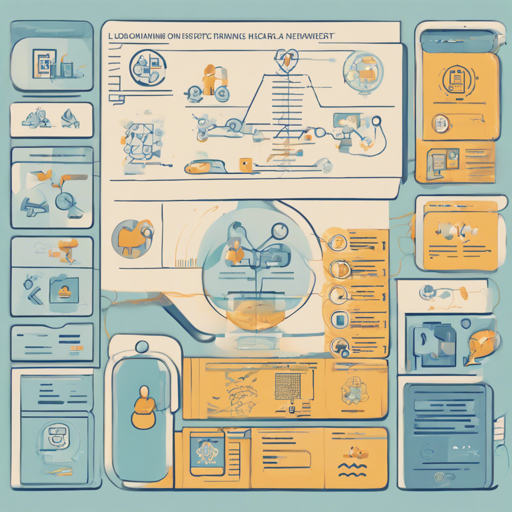Large Language Models (LLMs) are revolutionizing fields like biomedicine, finance, and law. This article will guide you through the process of adapting a base model developed from LLaMA-1-13B to these specific domains using continual pre-training. Leverage the power of reading comprehension to enhance model performance and prompt accuracy!
Understanding Continual Pre-Training
The technique of continual pre-training allows LLMs to refine their knowledge by engaging with domain-specific data. Think of it like training a chef: initially, they learn basic cooking techniques. Over time, by studying specific cuisines, their mastery becomes defined. In our case, the chefs represent the LLMs, and the cuisines are various domains like biomedicine and finance.
Steps for Implementation
- Step 1: Obtain the Base Model
Start with the LLaMA-1-13B model, which serves as our foundation. This is akin to the chef starting with the basic ingredients.
- Step 2: Collect Domain-Specific Data
Gather corpora relevant to your domain of interest. This represents acquiring the unique spices and techniques needed for specialization.
- Step 3: Pre-Training on Domain-Specific Corpora
Utilize these specialized corpora for continual pre-training. Here, the chef applies their new spices to create unique dishes that significantly enhance the model’s performance in specific tasks.
- Step 4: Transform Data into Reading Comprehension Texts
Inspired by human learning methodologies, transform large-scale pre-training data into reading comprehension texts to improve prompting across various tasks.
Using AdaptLLM for Domain-Specific Models
After pre-training, you can leverage various domain-specific models such as:
Python Code to Interact with the Biomedicine Model
Here’s an example of how to interact with the Biomedicine Chat Model:
python
from transformers import AutoModelForCausalLM, AutoTokenizer
model = AutoModelForCausalLM.from_pretrained("AdaptLLM/medicine-LLM-13B")
tokenizer = AutoTokenizer.from_pretrained("AdaptLLM/medicine-LLM-13B", use_fast=False)
user_input = "Question: Which of the following is an example of monosomy? Options: - 46,XX - 47,XXX - 69,XYY - 45,X Please provide your choice first and then provide explanations if possible."
prompt = user_input
inputs = tokenizer(prompt, return_tensors='pt', add_special_tokens=False).input_ids.to(model.device)
outputs = model.generate(input_ids=inputs, max_length=2048)[0]
answer_start = int(inputs.shape[-1])
pred = tokenizer.decode(outputs[answer_start:], skip_special_tokens=True)
print(f"User Input:\n{user_input}\n\nAssistant Output:\n{pred}")
Troubleshooting Tips
While adapting domain-specific models, you might encounter some challenges. Here are some potential troubleshooting ideas:
- Ensure you have the correct version of the Transformers library installed. Issues often stem from mismatched versions.
- Check that your domain-specific corpora are correctly formatted for processing. Misformatting can lead to errors in both training and inference.
- If the model is not generating satisfactory results, consider fine-tuning using various hyperparameters until optimal performance is achieved.
For more insights, updates, or to collaborate on AI development projects, stay connected with fxis.ai.
Conclusion
By harnessing the power of continual pre-training, you can create highly specialized LLMs that perform exceedingly well in specific domains. At fxis.ai, we believe that such advancements are crucial for the future of AI, as they enable more comprehensive and effective solutions. Our team is continually exploring new methodologies to push the envelope in artificial intelligence, ensuring that our clients benefit from the latest technological innovations.

